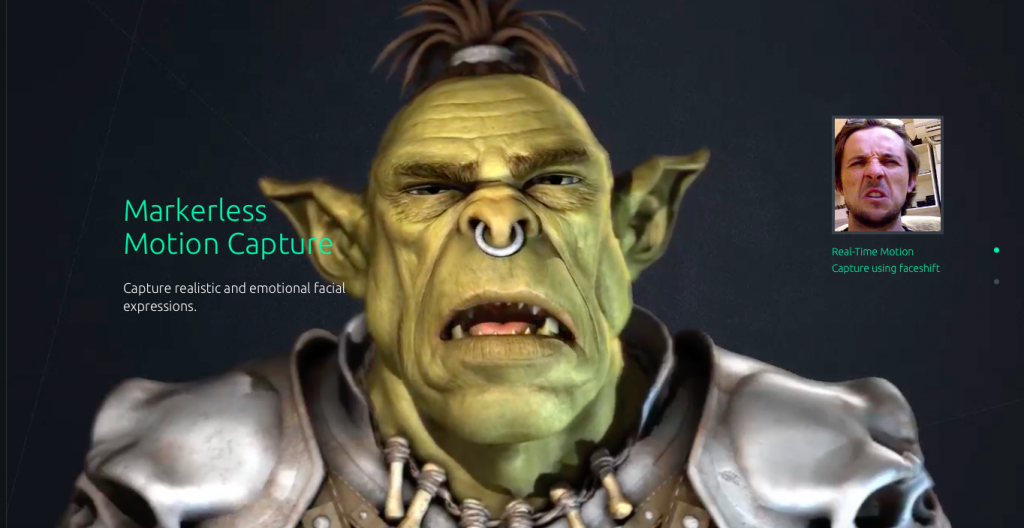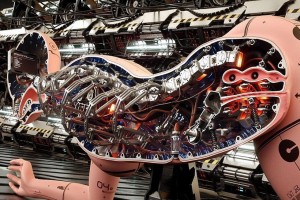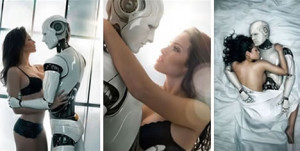A baby dragon, a cat with wings, and a pixie with a puck – the characters from different mythologies were created on 3D print as sculptures in the greenhouse of the Siberian Botanical Garden of Tomsk State University.
Stories about winged cars can be found in different cultures of the past. For example, in Ancient Egypt, a goddess named Pasht had a body of a winged cat. In countries of Turkic origin like Tatarstan and Kazakhstan, there are still symbols of winged cars, more precisely of snow leopards. However, there are scientific explanations for the origin of stories about winged cats. A winged cat may appear to have wings because of poor grooming or birth defects.

Pixies are very small and magical creatures who throw funny parties and give blessings across the countryside in England. They wear pointed hats while having pointed ears. Although they can be mischievous, most time they are cheerful and helpful to people. It was said that if you show an iron cross to them they would turn away and go.

Puck is quite similar to a pixie though it has horns and in Norse folklores is a nature spirit, who does everything to save trees and plants from people. Puck supposedly appears in all sorts of guises to confuse people and play little tricks on them. And according to old tales, these spirits would be happy to have new clothes because they walked naked.

Baby dragons are playful and hunting animals with sharp teeth and visible claws. While living in a nest with a mother for some time, after growing up they become big and independent as well as being able to breathe flames. Since these creatures are visibly and culturally connected with dinosaurs, the sculpture of a dragonling is in the Evolution of Plants exhibition, with the group of plants that have been existing during the age of dinosaurs. These are cycads, clubmosses, horsetails, ferns, and ginkgo.

The whole idea was to create photographic, moisture-resistant sculptures that would complement the greenhouse exhibition and draw visitors’ attention to mythical creatures. The models of the sculptures were designed and printed on a 3D printer, then polished and painted to look like a stone.
Links:
https://www.allthingsnature.org/what-is-a-winged-cat.htm
https://www.infobloom.com/who-is-puck.htm
https://habr.com/en/company/top3dshop/blog/596297/
https://www.mythical-creatures.com/pixie/
https://en.wikipedia.org/wiki/Winged_cat
https://tools.bgci.org/plant_search.php





